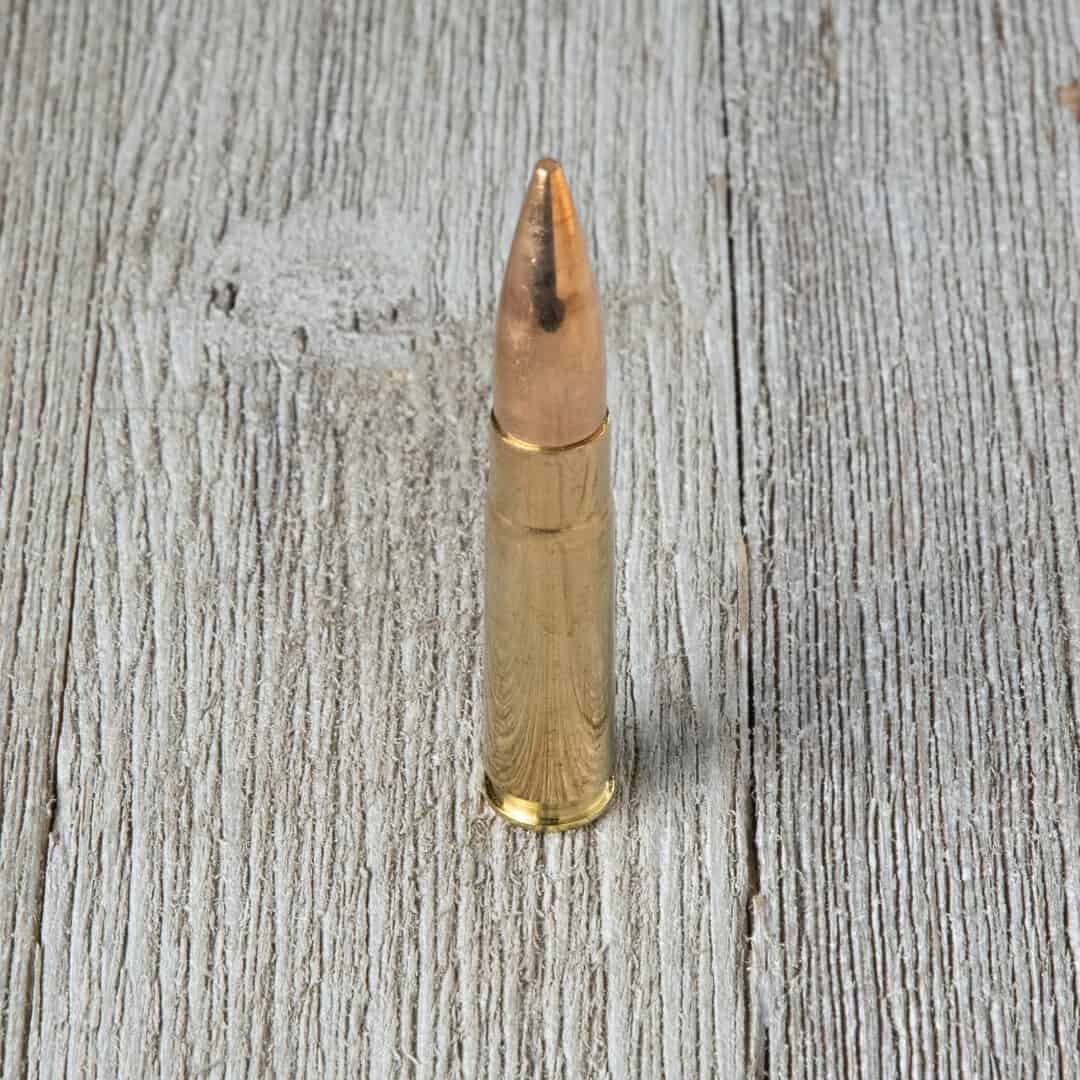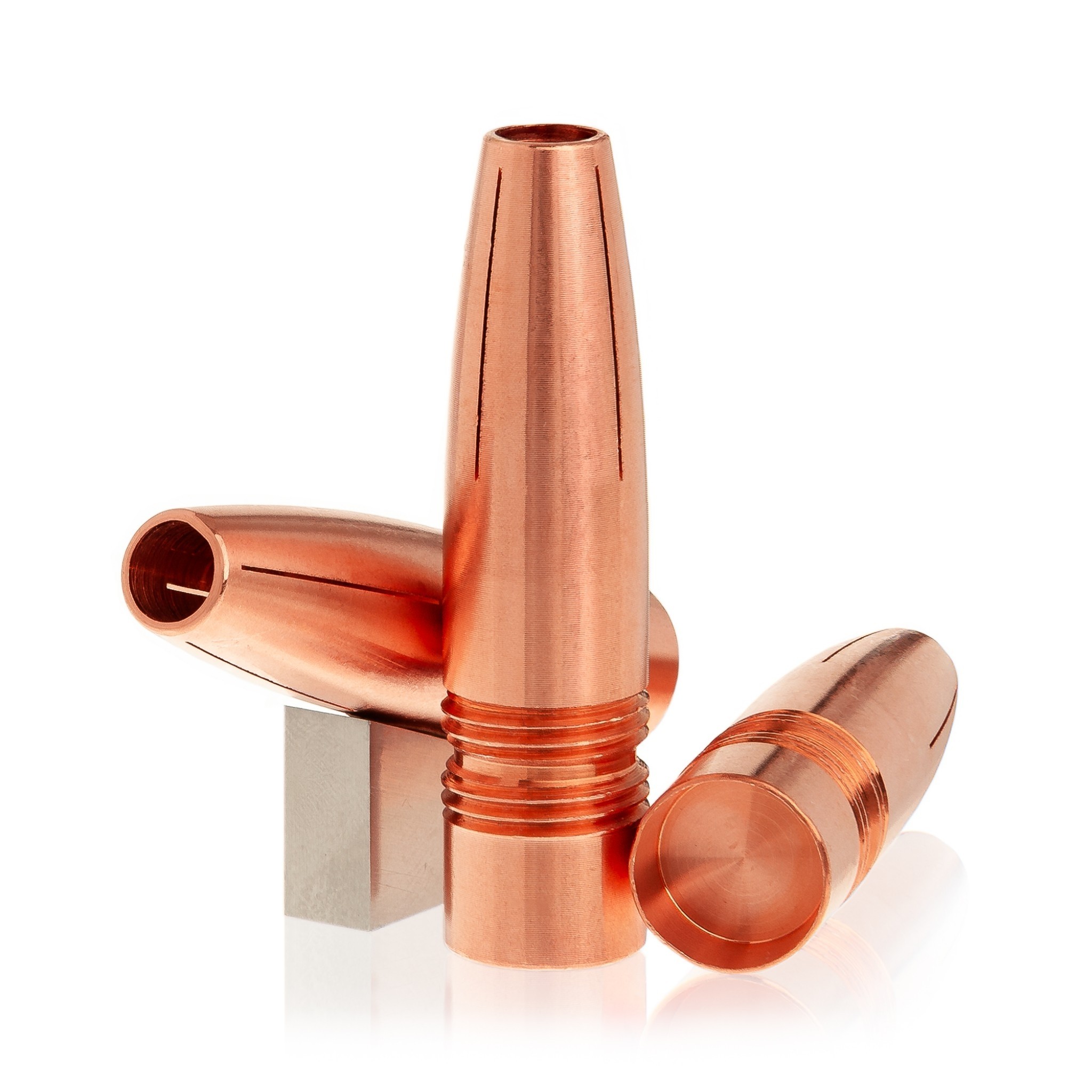

Once I got the pressure issues and load weight sorted out via playing with the COAL then my stability cleared up. The only stability issues I've had dealt with pressure and COAL on experimental subsonic Red Dot powder loads. Stability will just be something you have to play with. If you can get a shorter COAL it sometimes helps. The heavier the bullet the better it should be able to generate back pressure for cycling.įeed problems just matter on bullet and sometimes COAL. I don't think you will have an issue with cycling and hitting 1040fps with a anything 190gr-250gr. Now realize it may be impossible to hit on the head but if you can get good function and accuracy around that number (preferably below 1040fps rather than above) then that is where you stop. This velocity gives you some cushion for environmental differences. I believe the best practice is to try and get as close to 1040fps as you can.


Of course doing any of this by increasing velocity just to have it negated by transonic effects would be silly. I'd like to minimize #2 buy using as much powder as possible (while still staying subsonic) and address #3 by keeping the bullet velocity up in order to maximize stability (while still staying subsonic). my Googlefu has lead me to realize that shooting 240gr lead bullets from a 7.5" 1:8 twist barreled AR (unsuppressed for now) could lead me to the following issues:ġ) feed problems (due to long relatively blunt bullet profile on feed ramps)Ģ) cycling problems (due to lack of gas necessary to cycle)ģ) unstable bullets (due to long bullet w/ 1:8 twist at low velocity. 3-.4 inch groups at 50 yards, and a bit under an inch at 100. In one of my 10-22s with a bull barrel, a good subsonic round like Wolf Match Target might shoot. I do realize that asking the question in terms of velocity ignores relevant environmental variables and it would be more appropriate to discuss this in terms of mach numbers but most people are more familiar with velocity and it also helps simplify the conversation. 22 LR is slightly supersonic at the muzzle, and drops to subsonic speed somewhere around 50 yards out. My specific question in it's most basic form: "What is the max velocity one should consider for a subsonic bullet without concern for transonic induced instability?" I'm not looking for a scientific thesis as much as I am practical advice that can be applied specifically to 200gr+ bullets in a. But I also know that subsonic vs supersonic isn't a black and white issue once transonic effects are figured in. I do realize that the speed of sound can be figured to a very high degree based on pressure, temperature and humidity (if I'm not forgetting anything). I realize there may not be a simple answer but I'm mostly wondering if there is a simple goal (which most likely takes into account some complicated variables).


 0 kommentar(er)
0 kommentar(er)
